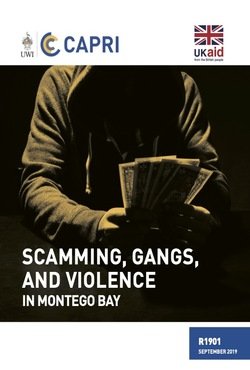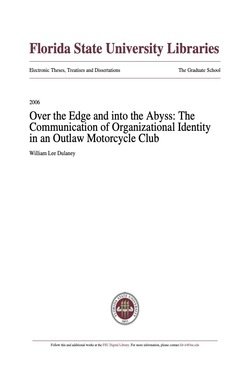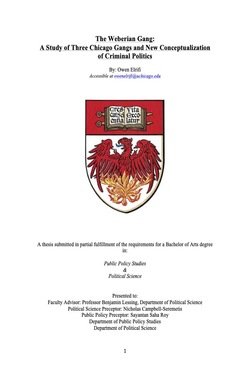By Mohamed Adam
Youth gangs (aged between 15 and 35 years) - known as Ciyaal Weero - emerged in Mogadishu’s periphery districts in late 2021. well as pistols (and bright torches to shine in people’s eyes) and sometimes bajaj (tuk-tuks) to rob people,mostly at night.Unemployment, the use of drugs, and weak local government are seen as the main causes of the rise of communications technology, social media, and the use of out-of-court settlements are also believed to have contributed to the rise of Ciyaal Weero in the Somali capital. Although the police forces launched the ‘Samakaab’ operation against Ciyaal Weero, the government has not yet managed to reduce the threat of the youth gangs. Since its emergence, Ciyaal Weero killed people in Mogadishu including teachers and students and limited the mobility of people in the peripheral examines the factors that contributed to the rise of Ciyaal Weero, its impact on security and mobility in Mogadishu, and puts forward some policy considerations including control of the import of drugs, development of a government strategy to tackle the youth gangs, and the creation of job opportunities.
Mogadishu - Somalia: Somali Public Agenda, 2022. 4p.






















